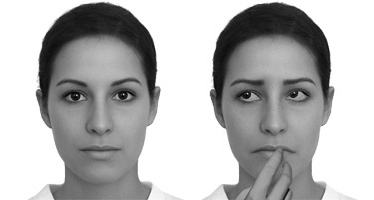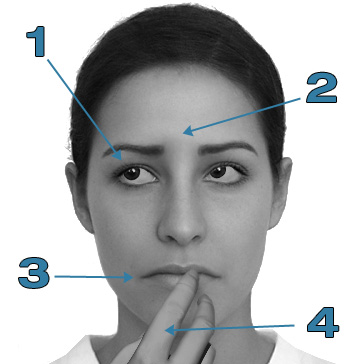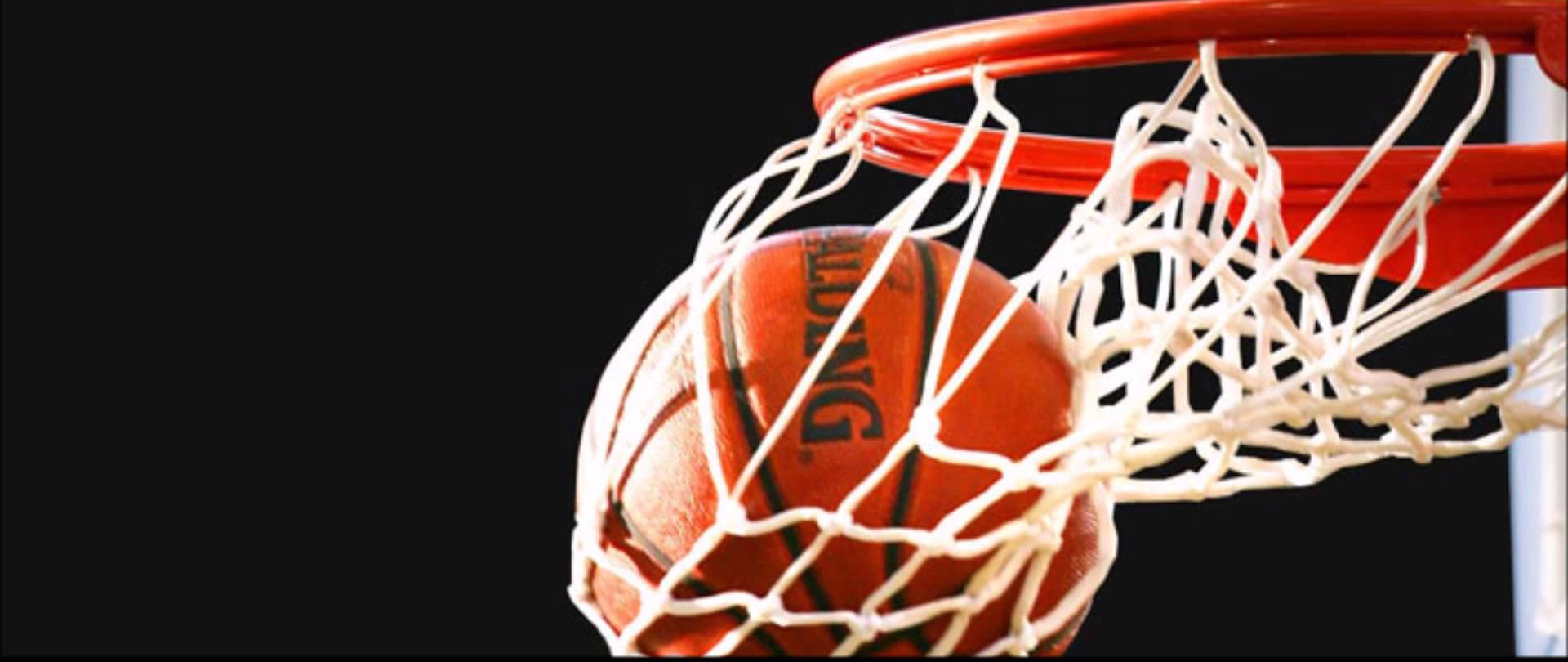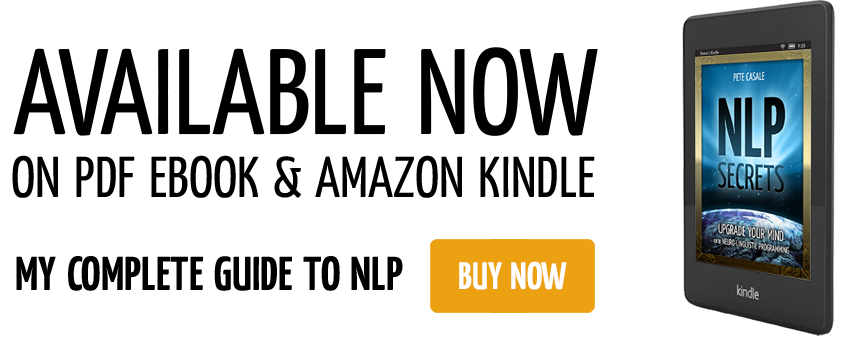 The subject of lying, or more specifically, how to tell if someone is lying, is something that I can write a lot about. Being both an accomplished liar and lie detector is something a lot of people want to know how to do. Learning how to tell if someone is lying is difficult, but learning how to lie convincing is more difficult. Lying is never a clear case - there are certainly powerful indicators but no 100% methods - which is why there are no true lie detectors usable in a court of law. But with a bit of practise, you can easily become the next best thing.
The subject of lying, or more specifically, how to tell if someone is lying, is something that I can write a lot about. Being both an accomplished liar and lie detector is something a lot of people want to know how to do. Learning how to tell if someone is lying is difficult, but learning how to lie convincing is more difficult. Lying is never a clear case - there are certainly powerful indicators but no 100% methods - which is why there are no true lie detectors usable in a court of law. But with a bit of practise, you can easily become the next best thing.
The Telltale Signs of a Lie
Lying and deception require different brain processes than telling the truth. When you're telling the truth, you usually find a memory associated with the true answer and replay it with your vocal chords. However, when you're lying, you not only need to process the truth and withhold it, your brain needs to do a whole host of extra processes:
- The frontal lobe cautions you that you do not want to reveal the truth
- Your mind makes up the altenative answer (the lie) or sometimes recalls a false memory (if you have already planned the lie)
- You need to concentrate on some level to deliver the lie without appearing deceptive
- You need to guage the reaction of the listener to see whether they believe it
- Usually you then try to change the subject or use body language to deter the person from persuing that line of questioning
None of these processes occur when telling the truth. And naturally, with all these extra processes, parts of them start to show on the surface. When we learn to read these signs, we can tell that someone is lying.
Facial signals to tell if someone is lying

Have a look at these two pictures. The one on the left is a perfectly straight face. The one on the right is what I like to call the "Lie Face." Look at it carefully, and practise pulling the face in the mirror a few times. Go on, do it now, I'll save your place.
It's important to recognise the Lie Face, and parts thereof. Obviously the pictures above are quite exaggerated, but I've made it like that so that you can easily see the signs.

- The first sign is the eyes. When the brain is "creating a picture" the eyes instinctively move up and to their right (your left), signifying access to the right hemisphere (creation) and visual cortex (pictures). This usually means they are constructing a picture in their head. If someone is recalling a picture (remembering something that they actually saw) then they would look up and to their left (your right).
- The eyebrows rising towards the centre of the forehead (where the arrow lands in the picture) is a sign of fear. This sign can occur during or immediately after a lie, because they are scared that you will see through it.
- Another sign of fear is the sides of the lips turning down. The muscles that control this action are very specific and it is almost impossible to consciously activate them without activating any other lip-related muscles.
- This is my favourite sign, when someone touches their nose or lips, covers their mouth or in some way touches their face during the telling of a lie. It is very common.
Other telltale signs that someone is lying
The four signals above in the lie face are not 100% accurate. It is possible for a good liar to prevent any of these signs occurring while they tell a lie. Sometimes, a liar is so talented that they can actually convince themselves that they are telling the truth, therefore a lie may appear entirely genuine. But it requires great effort in the brain to convince yourself you're telling the truth, and those cranial efforts have footprints. I go over some of these signs in my next article, How to tell a lie convincingly (and hopefully get away with it).

NLP Technique: Swish
Swish, also known as Swish Pattern, is an NLP technique that is very useful for replacing an unfavourable emotion or behaviour with a more useful one. With a little bit of creativity, Swish can be used to do a lot of useful things, such as make going to the gym more fun or making foods that are good for you taste better.

NLP Seduction
NLP Seduction is an entire art on its own. If you have a thorough understanding of NLP, seduction is a straightforward process. Some suggest that using NLP for seduction is unethical, and that we shouldn't use "mind control" for seduction, but I strongly disagree. Everyone who attempts seduction is using some form of mind control whether they know it or not. Buying flowers, wearing cologne, even having dinner with someone has far deeper psychological connections than you may expect, and are forms of mind control.

Upgrade Your Mind with NLP Secrets. Boost Confidence. Beat Anxiety. Quit Addictions. Build Rapport.